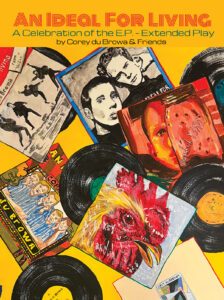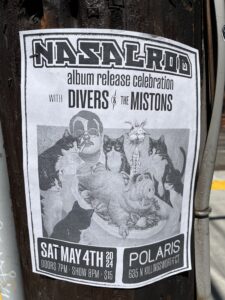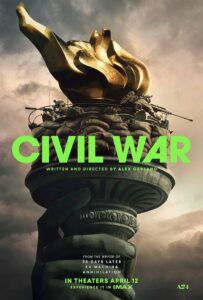Vandals deface Mormons’ new meeting house in West Linn
“From the nature of the graffiti, I’d have to say it wasn’t a terribly well thought-out attack on the church. You’d think if they really had something against Mormons, they’d at least know how to spell it”
-Sgt. Neil Hennelly on anti “Morman” graffiti sprayed on an LDS church. – From Oregonlive.com
.
 Yes it’s a terrible truth. As this recent instance of anti-Mormon vandalism suggests, Oregon and Washington tend to be anti-religious, or at least, non-religious, climates.
Yes it’s a terrible truth. As this recent instance of anti-Mormon vandalism suggests, Oregon and Washington tend to be anti-religious, or at least, non-religious, climates.
The Pacific Northwest has the highest percentage of “nones” –those with no religious affiliation, and very low worship attendance. This in part, explains why someone like Mark Driscoll of Seattle’s Mars Hill Church takes a more confrontational approach to Christianity and culture. Driscoll famously pronounced recent science fiction film smash “Avatar” to be “the most satanic movie he’d ever seen.” Driscoll maintains his hard core orthodoxy presumably because he’s in a non-religious, arguably anti-religious, environment.
Word & World, a Luther Seminary publication, has an interesting essay about the non-God fearing demographics of the Pacific Northwest here:
http://www2.luthersem.edu/Word&World/Archives/24-3_Going_West/24-3_Killen.pdf
Author Patricia O’Connell Killen gives us a well-presented and useful essay, touching on most of the factors shaping religious life and thought in the Pacific Northwest. However, it does leave out one historical factor affecting the relatively unchurched ethos found in the rainy portion of the Pacific coast, and that’s unionism. Union influences, particularly those of the more radical Wobbly and Socialist varieties, tended to be very strong in the region in the first third of the twentieth century, which demographically were the region’s formative decades. In fact, immigration to the Pacific Northwest peaked in that era — and, as immigration historians are well aware, post-1900 immigrants tended to be more secular, more urban, and more open to the blandishments of organized labor than earlier immigrants, who tended to be from more rural and more religiously-influenced backgrounds.
Seattle is a classic example of this early trend towards labor organizing and political radicalism. The city was convulsed by major riots that practically shut it down at the end of Woodrow Wilson‘s second term (i.e., the era of the Palmer Raids). And in that era of American history, the union hall and the church were anathema to each other.
The Fellowship, the secretive and powerful evangelical organization also known as the Family, currently led by Doug Coe, was founded by Seattle minister Abraham Vereide as a group of prayer meetings of business and political leaders brought together, according to author Jeff Sharlett in his book, The Family, to counter the growing power of organized labor in the Pacific Northwest and San Francisco.
.
A man died and arrived at the gates of heaven at a particularly busy time. Finding himself toward the back of a long line, he passed time by surveying the scene. He noticed off to one side a large group of people milling around, people he was quite confident would not be his companions in heavenly bliss. When at last his turn came to be interviewed by St. Peter, the man asked: “What are those people doing here? Why haven’t you sent them where they belong?” St. Peter replied: “Oh, they’re all from Seattle, and they’re too wet to burn.”
– From The Religious Geography of the Pacific Northwest by PATRICIA O’CONNELL KILLEN


